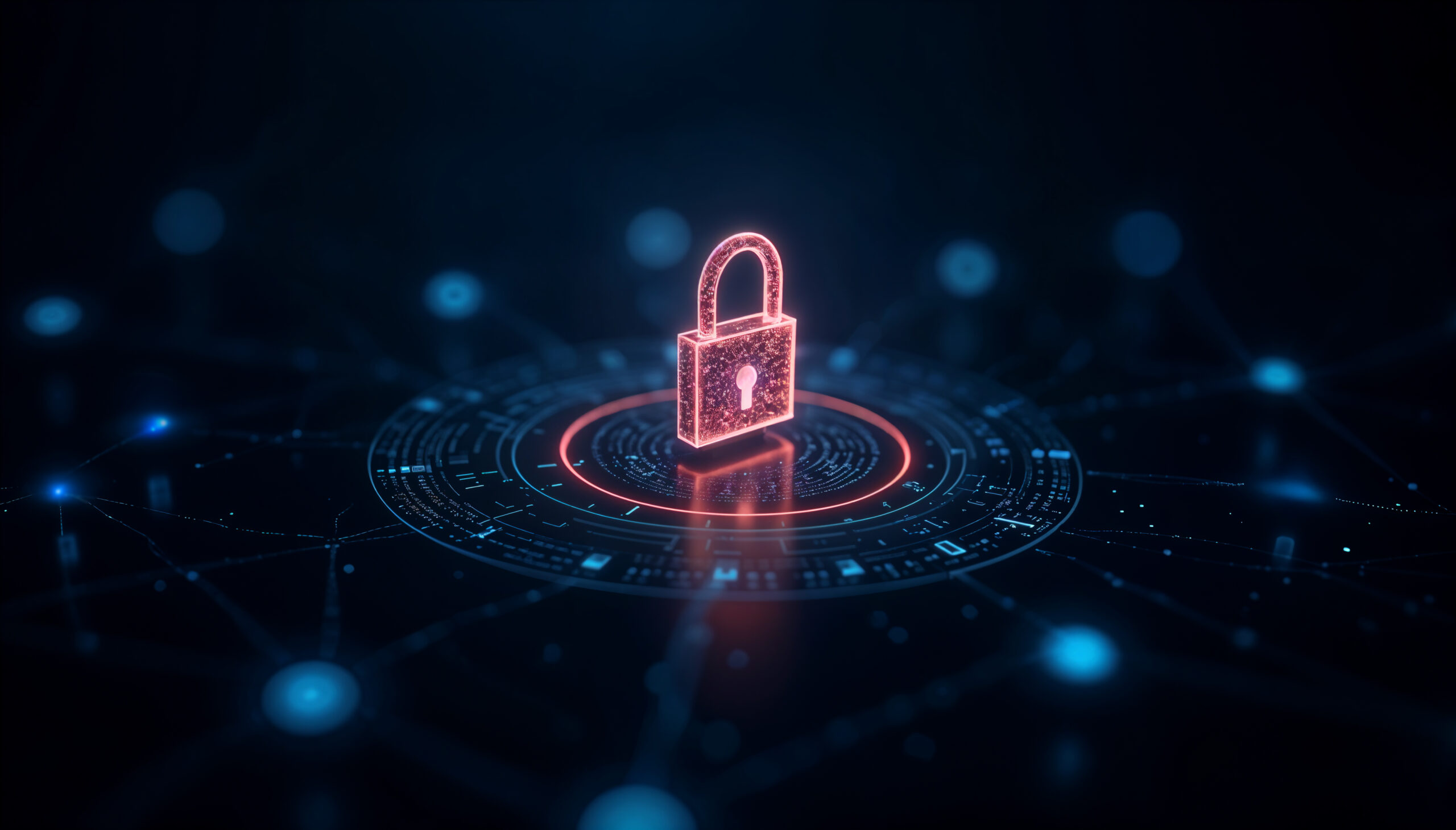From Passwords to Passkeys
World Password Day 2025, now celebrated as World Passkey Day by the FIDO Alliance (Fast IDentity Online), marked a pivotal moment. This wasn’t just a symbolic shift; with over 100 organizations pledging support in under a month, it signaled a decisive industry pivot. The message is clear: the era of passwords, with their inherent vulnerabilities, is ending. Many security professionals and users alike constantly ponder, “is my password secure?”. The evolving threat landscape unequivocally suggests they are not. Weak, reused, and easily phishable credentials remain the primary attack vector for data breaches. For any security-conscious enterprise or IAM leader seeking how to prevent data breaches effectively, passwordless authentication isn’t just a future aspiration, it’s an immediate imperative. These transformative passwordless solutions are fundamental to modern cybersecurity.
Strategic Imperatives for IAM Product Leaders
For IAM product leaders, this shift necessitates moving beyond static workflows toward intelligent, continuously evolving platforms. The powerful combination of passwordless authentication and agentic AI signifies a fundamental transition from reactive security measures to proactive identity orchestration.
Fortifying Enterprise Zero Trust Architecture
For enterprises, this convergence forms the bedrock for a robust Zero Trust security model. Every login is continuously validated, device-aware, and inherently phishing-resistant, all without impeding workforce productivity. The future of authentication is not just passwordless; it is intelligent, adaptive, and secure by design. This architectural approach is central to how to prevent data breaches at a foundational level.
Unpacking FIDO2 Authentication
Central to this evolution is FIDO2, a modern authentication standard developed by the FIDO Alliance. To understand its power, one might ask, “How does passwordless authentication work?” FIDO2 integrates WebAuthn (a web-based API for creating and using strong, attested, scoped, public key-based credentials) and CTAP2 (Client to Authenticator Protocol 2, which enables communication between a client and an external authenticator) to facilitate secure, password-free logins. This is achieved by leveraging factors such as biometrics (something you are), physical devices or tokens (something you have), or behavioral patterns (something you do). While we are familiar with what multi-factor authentication is, FIDO2 takes this concept further by eliminating the vulnerable password component entirely, relying on public-key cryptography where user credentials never leave the device, making phishing attacks virtually impossible.
Addressing Security and Simplicity with Passwordless Authentication
Passwordless authentication directly addresses several critical challenges faced by organizations today, enhancing both security and user experience. It significantly reduces the risk of credential theft, phishing, and brute-force attacks, which are common with traditional passwords. Simultaneously, it simplifies the login process for users, eliminating the need to remember complex passwords and reducing password-related friction. This leads to fewer lockouts and improved productivity, making security both stronger and simpler to manage. These innovative passwordless solutions are key to fostering a frictionless yet secure environment.
Diverse Implementations of Passwordless Authentication
Passwordless solutions are not monolithic; their implementation varies across enterprise environments, offering versatile Passwordless Authentication Solutions.
- Windows Hello, for instance, enables seamless biometric sign-ins on Windows 10 and 11, with tight integration into Microsoft Entra ID.
- MacOS and iOS now support Platform SSO and WebAuthn through Touch ID and Face ID, offering native biometric authentication.
- Shared environments such as hospitals or call centers, roaming authenticators, biometric smartcards, or QR-based logins provide a balance between robust security and operational convenience.
Tangible Benefits for CISOs
For Chief Information Security Officers (CISOs), the adoption of passwordless authentication translates into actionable and measurable benefits.
- It leads to a significantly reduced attack surface by eliminating the weakest link in the security chain.
- Organizations also experience lower helpdesk costs, as 30–50% of IT support tickets are typically password-related.
- Furthermore, embracing passwordless authentication contributes to improved compliance with Zero Trust principles, reinforcing a security posture where every access request is rigorously validated. This strategic shift is fundamental to modern strategies on how to prevent data breaches by hardening every access point.
The Future: Agentic AI in Authentication
The future of authentication extends beyond current passwordless implementations. Enter Agentic AI—a transformative layer where AI agents dynamically adapt authentication in real-time. These agents go beyond merely enforcing access; they understand context, learn user behavior patterns, and respond autonomously to evolving risks. Imagine a system that not only identifies sign-in anomalies but also dynamically adjusts the authentication path without human intervention, escalating security measures based on real-time threat intelligence.

Author
Mrinal Srivastava
Director – Cybersecurity | Neurealm
Mrinal Srivastava, Director, Technology and Security at Neurealm, is a cybersecurity expert with a strong background in building products and delivering enterprise solutions across Identity and Access Management (IAM), Threat Management, and Passwordless Authentication. He’s currently focused on leveraging Agentic AI to revolutionize security product development and cybersecurity operations, driven by his passion for shaping the next generation of intelligent, autonomous security systems.



